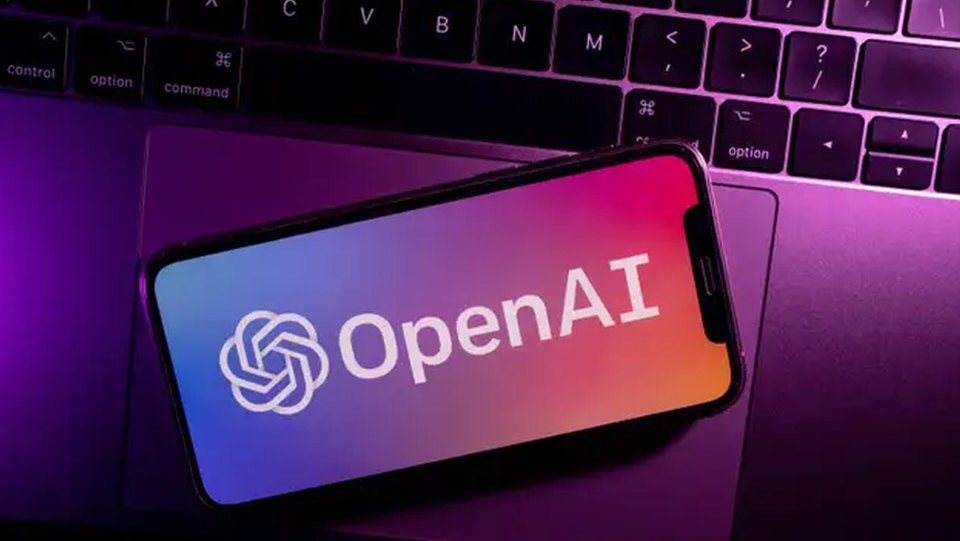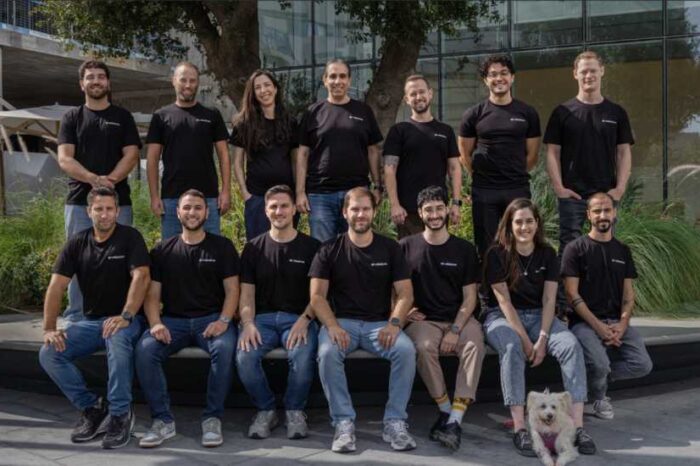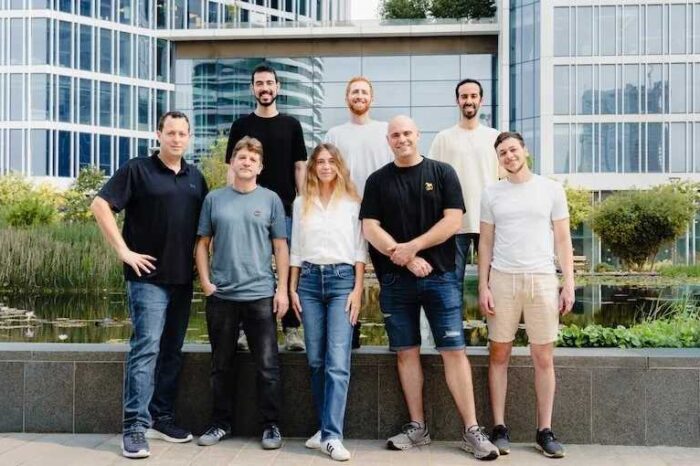OpenAI hits $4.3B in revenue in first half of 2025, a 16% rise, but profitability still years away

OpenAI is raking in money at a pace that would make most startups jealous, but profits remain far on the horizon. According to financial disclosures cited by The Information, the ChatGPT maker pulled in roughly $4.3 billion in revenue in the first six months of 2025—already surpassing its 2024 total by 16%.
The gains come with an equally staggering cash burn. OpenAI spent $2.5 billion over the same period, largely on research and development and the massive compute costs needed to keep ChatGPT running. The company reportedly poured $6.7 billion into R&D in the first half alone, a figure that shows the scale of its bet on building advanced AI models.
OpenAI’s Cash Burn Surges as Revenue Jumps 16% to $4.3B in First Half of 2025
At the end of June, OpenAI still had a hefty cushion—about $17.5 billion in cash and securities. That balance will need to hold up against its long-term burn rate. Another Information report says the company now projects it will burn through $115 billion by 2029, nearly $80 billion more than it estimated earlier this year.
“OpenAI generated around $4.3 billion in revenue in the first half of 2025, about 16% more than it generated all of last year, according to financial disclosures to shareholders. The company said it burned $2.5 billion, in large part due to its research and development costs for developing artificial intelligence and for running ChatGPT. Some of its largest expenses were non-cash, including stock payments to employees,” The Information reported.
Is OpenAI Profitable?
OpenAI revenue targets, meanwhile, are ambitious. Bloomberg reported that OpenAI expects to hit $12.7 billion for all of 2025, with plans to more than double that to $29.4 billion next year. But the company doesn’t expect to be cash-flow positive until it reaches $125 billion in revenue, a milestone it doesn’t see coming until 2029.
“OpenAI expects to more than triple its revenue this year to $12.7 billion, fueled by the strength of its paid artificial intelligence software,” Bloomberg wrote in March, citing a person familiar with the matter.
For now, OpenAI says it’s on track to meet a full-year revenue goal of $13 billion, paired with an $8.5 billion cash-burn target. That’s the balancing act: growth is undeniable, but profitability is still years out.
In August, Reuters also reported that the company was considering a stock sale that could value it at approximately $500 billion, providing employees with an opportunity to cash out. The scale of that potential valuation underscores the paradox at the heart of OpenAI: investors are betting on a future where massive losses today will eventually yield dominance tomorrow.

Source: The Information
Why OpenAI is Losing Money
OpenAI’s cash burn is nothing new. Back in January, CEO Sam Altman admitted the company was losing money on its $200-per-month ChatGPT Pro subscription. The plan proved more popular than expected, driving usage that outpaced revenue and fueling the company’s swelling operational costs. That candid admission echoed earlier reports that OpenAI was on track to lose as much as $5 billion in 2024—a burn rate that could drain its reserves within a year if left unchecked.
The financial strain is heavy. The Information reported that OpenAI’s annual costs for AI training and inference could reach $7 billion this year, with another $1.5 billion tied to staffing. To offset the pressure, the company is said to be seeking $7 billion from international backers, including investors in the UAE. The fresh capital would help fund hardware and infrastructure expansion needed to support its scale.
Despite the mounting losses, OpenAI is projecting a steep revenue climb—$12.7 billion this year, $29.4 billion in 2026, and $100 billion by 2029. That long-term target would put it on par with consumer giants like Nestlé and Target. Usage numbers suggest demand is there: in June, OpenAI services reached 350 million monthly users, up from 100 million just three months earlier.
Founded in 2015 by Sam Altman and Elon Musk as a nonprofit, OpenAI transitioned to a commercial model in 2020. That pivot, paired with the runaway success of ChatGPT, vaulted it to the center of the AI boom. The challenge now is sustaining its momentum while confronting the costs of chasing intelligence at scale.




